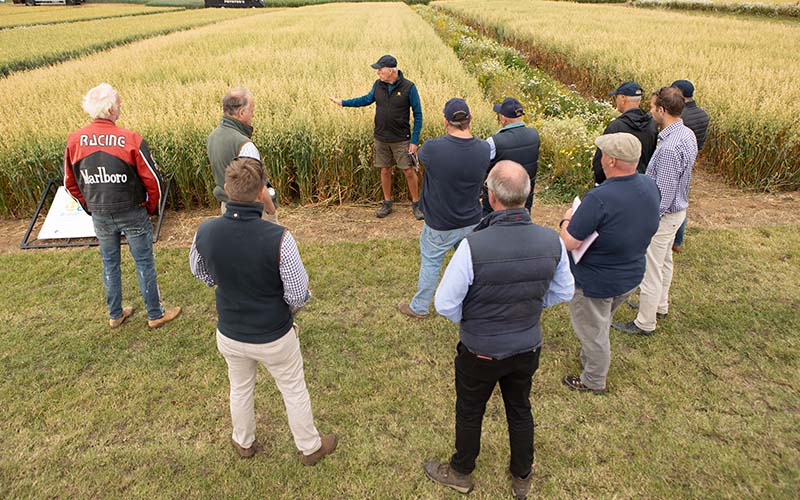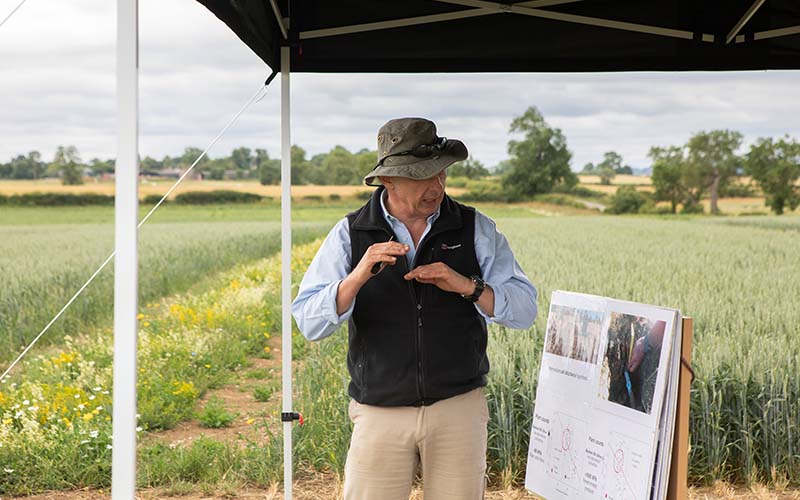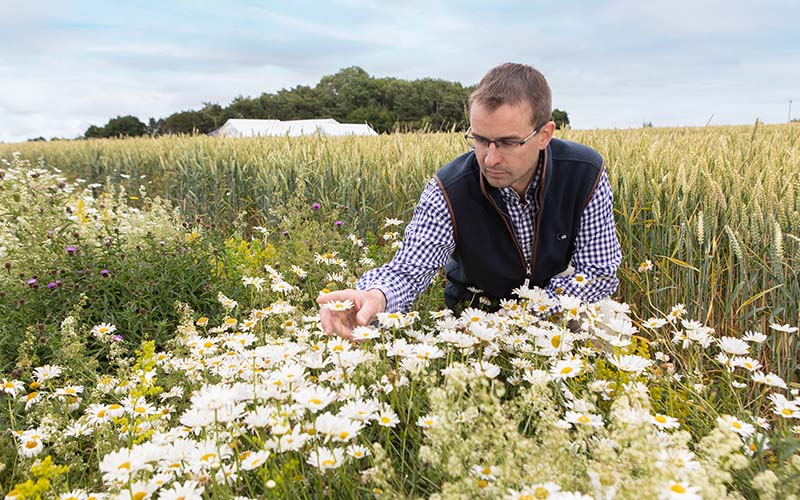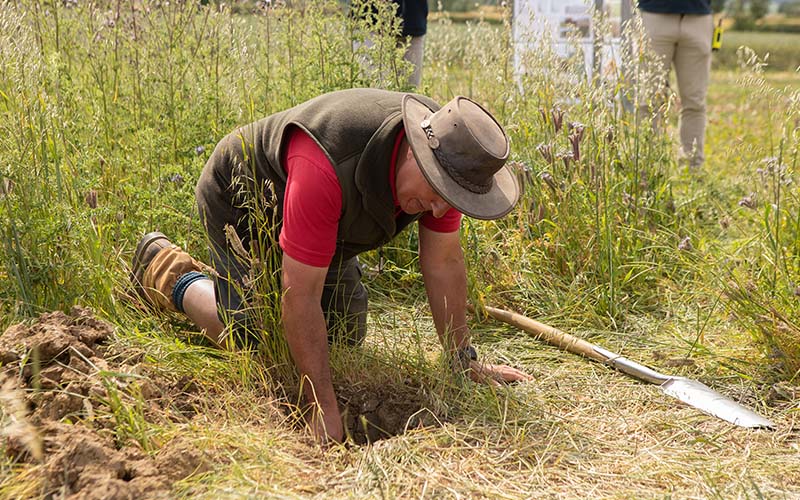Lamport AgX (formerly Project Lamport) demonstrates innovative, practicable, profitable solutions using everyday commercial farm equipment. The actions and results are there to be seen, scrutinised and challenged, whether its grassweeds, soil health benefits or both.
Explore through the menu section to look back at the work carried out in the past years.



X marks the spot
Lamport AgX our showpiece trial site is located in West Northamptonshire. Approximately 8 miles south of Market Harborough and 8 miles north of Northampton.
eXploration
Lamport AgX has evolved from being a site demonstrating crop rotations, cultivations and innovative use of crops to help with blackgrass control and enable the field to remain in production, to become something much bigger.



